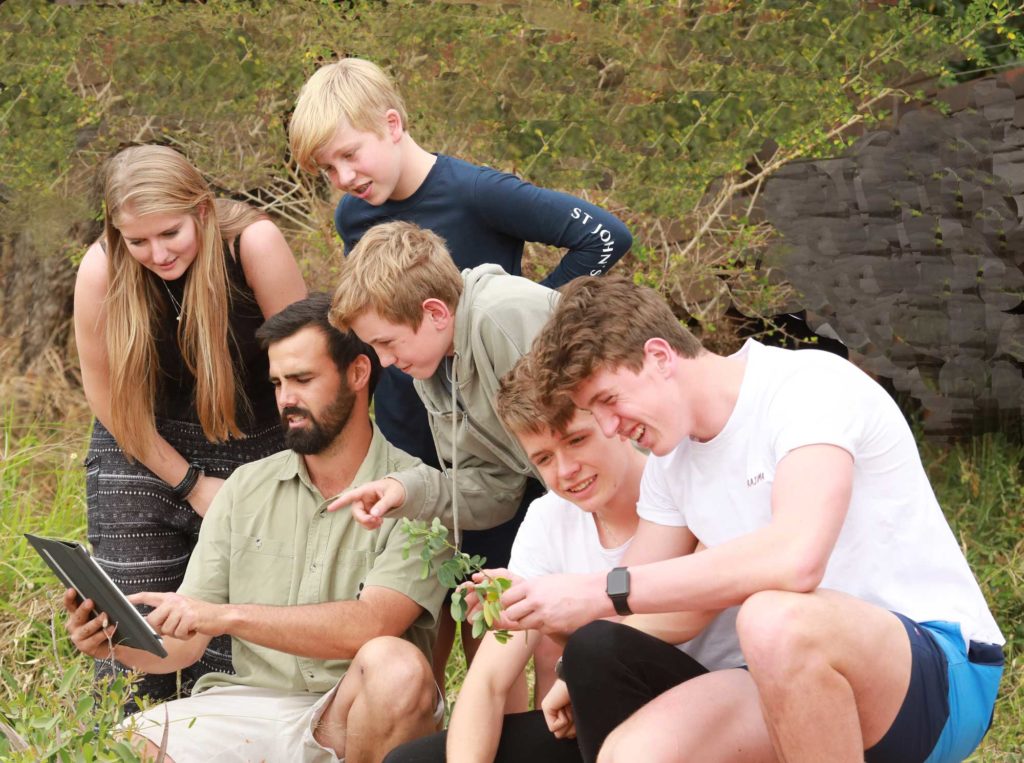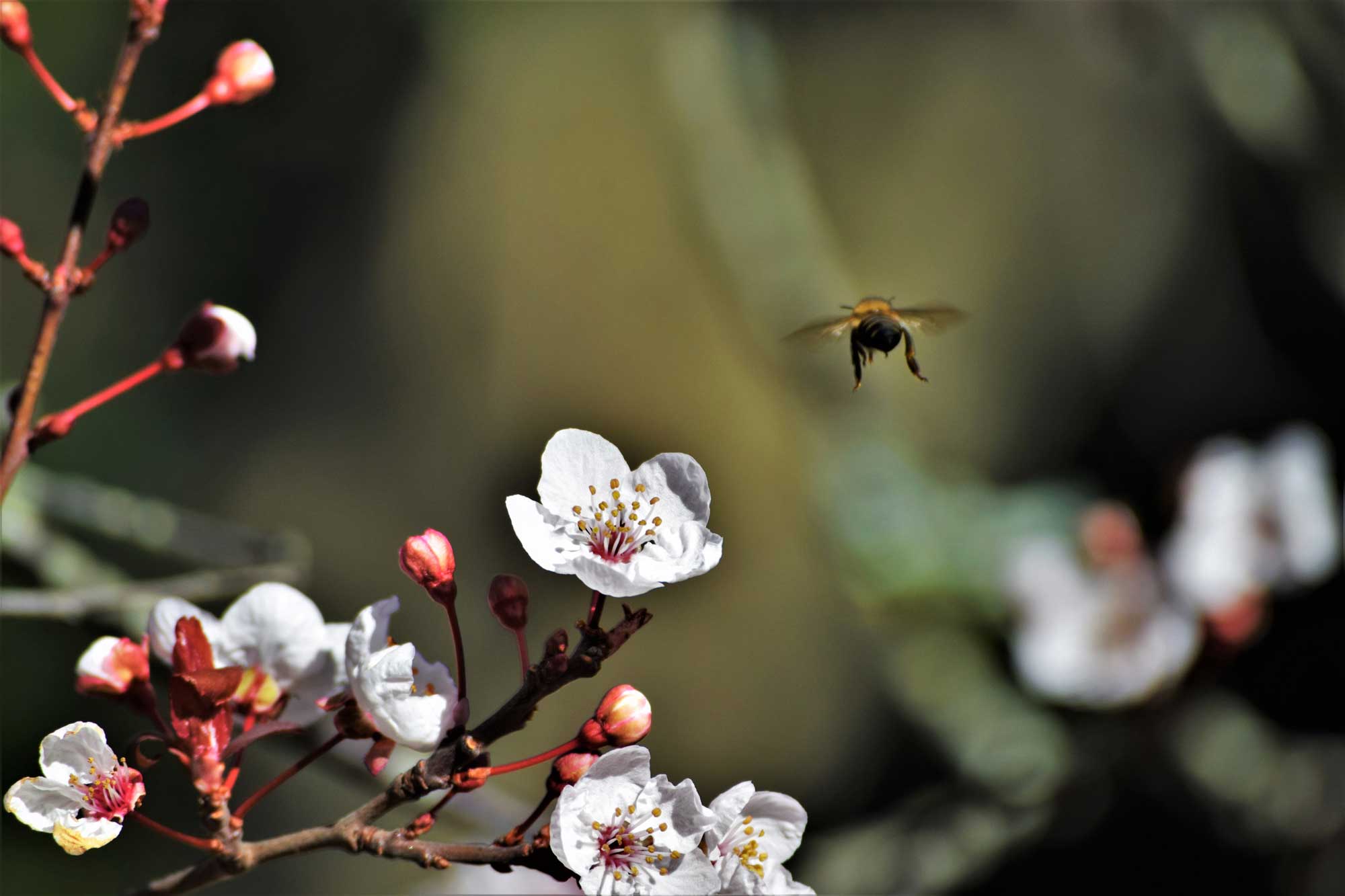Over the past six years, innovator and project leader Val Thomas and a team of highly skilled and diverse professionals have been creating what has been called by some reviewers “the Google of tree search engines”
Named TheTreeApp, South Africa, it can be used on any smart phone or tablet under three years old. It enables users to search for specific trees; or to get an idea of what trees are growing in the region they happen to be in – including which of the trees are endangered and which are poisonous.
Project IT development and systems analyst, Herman van den Berg says that “unlike many apps used for identification in wildlife, TheTreeApp is far more than an e-book. What differentiates it is the incredibly powerful search engine, which allows the user to easily and accurately filter trees into very short identification lists, or even identify an individual tree – with names in any of the 11 local languages”.
“This search function not only comprises hundreds of categories, but also has a powerful GPS location capability that can narrow down the search from eleven hundred trees to those that are within a 12.5km radius of the chosen spot. These range from 480 to less than 25. The GPS, combined with beautiful illustrations, artwork, pictures and extensive tree information, makes this the most enjoyable and powerful tree identification resource on the market.”

With over 1 110 beautiful paintings by artist Joan Van Gogh – of the Vincent Van Gogh lineage – and the same number of detailed twig and leaf sketches by Penny Moraites, the app has been reviewed by botanists, horticulturalists, professional guides, students and even children, to ensure both its accuracy and its user-friendliness.
In addition to the indigenous core the app covers 130 invasive and other alien trees to strengthen the general public’s understanding of the threat that these trees pose in many parts of our country.
Available for download from both the Apple iStore and the Google Play Store, just R499,95 puts a comprehensive list of most woody species that grow to three metres and above, in any natural area, throughout South Africa, in your pocket. Electronic updates mean new data can be delivered as soon as it becomes available.


